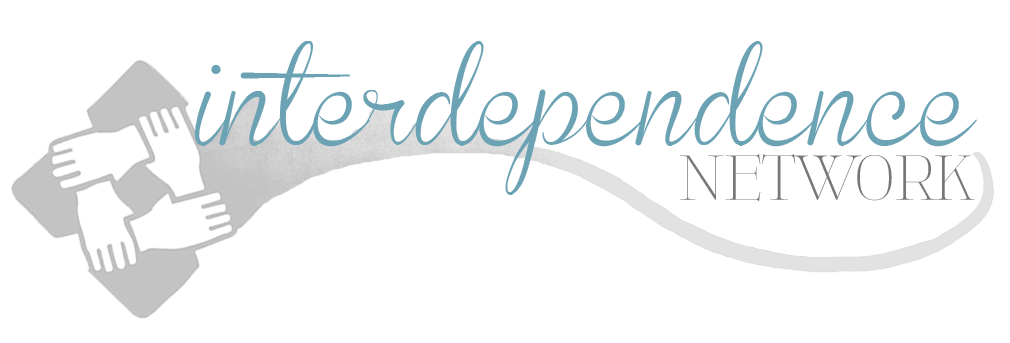The final step in cultural shifting revolves around the gatekeeper. The only way new people, ideas, or products can successfully enter an existing community is when they are introduced and endorsed by a viable gatekeeper. A gatekeeper is an indigenous member of the community who has either formal or informal influence with the culture. These gatekeepers can be formally elected or selected leaders, or they might be one of the members who everyone can count on to get things done.
These gatekeepers are powerful because they transition their influence to the person, idea, or product they are endorsing or rejecting. This transition of influence is the first step to the inclusion of the new thing into the culture. The mere fact that the gatekeeper likes or dislikes the idea is enough to sway other members to his or her side. Remember, 60% of the membership of any community is usually neutral (or slightly on the negative side) on issues. The gatekeeper uses his or her power and influence to persuade others to follow his or her lead. The assertive gatekeeper will readily offer his or her opinion; the unassertive gatekeeper usually must be asked.
To effectively shift a culture to accept something new requires that the change agent identify and then enlist a gatekeeper to facilitate the passage. This is simple yet complex in how it plays out. On the one side we know that gatekeepers are a part of any culture or community. We know that 20% of these gatekeepers are positive people interested in taking risks to promote things they feel good about. We know that when the gatekeeper endorses a person, idea, or product, other members observe this and open their thinking to the same. We also know that the more enthusiastic the gatekeeper is to the new item, the more apt others are to do the same. All of this makes sense when we think about culture and community. If you want to bring a shift in cultural perspective, the endorsement and support of a gatekeeper is absolutely essential. To this end, then, the ability to identify and then ask for gatekeeper assistance without being perceived as attempting to meddle or influence is a true art in changing culture. This may play out differently for people than for ideas or products.
In his book The Tipping Point, Malcolm Gladwell reflects on the kinds of people necessary to move something from one level to another. The movement of ideas, products, or even people ultimately has a tipping point. Gladwell looked to understand how this might work. In his book he describes three types of people who move ideas, people, or products into the mainstream. He calls these folks “connectors, mavens, and salesmen.”
- The “connectors” are the people with broad circles and those who can influence a lot of these people. These connectors are unique because their circles extend beyond the usual parochial boundaries.
- The “mavens” are people who have a deep level of information and who are always looking to share this information with others. A key thing about mavens is that they get nothing for their information. They share important and useful things because they enjoy helping people.
- The “salesmen” are passionate purveyors of ideas, products, or people. Salesmen may not necessarily have deep relationships, but they have the opportunity to share things.
A gatekeeper is a person with one, two, or all three of these qualities. Gatekeepers are the key to cultural shifting by promoting and rejecting things that push the community to a new level. The way they influence the culture can be either positive, when they support and endorse the new person, idea, or product; or negative, when they oppose or work against the new person, idea, or product.
Over the years anthropologists have attempted to examine what type of people lead to social change and cultural shifting. As new things help to develop or enhance the existing culture, the elements of positive gatekeepers become important to understand. The theory behind this is called social influence theory. This theory teaches us the following facts about gatekeepers:
- They tend to be positive people. They genuinely like people and look for the good in everyone they meet.
- They are social risk takers. They reach out to the underdog and are willing to take cultural flack if need be.
- They reach out to new things, and they are curious and interested in why, how, and why not.
- They tend to be younger people and not so caught up in dogma.
- More often than not, they tend to be women. Men are usually more conservative and they become more easily set in their ways.
- They are highly social and tend to be good mixers.
- They tend to have respected influence with their community.
Positive gatekeepers are essential for the diffusion of new ideas, products, or people to penetrate into an existing community. The positive gatekeeper who steps forward to introduce or to endorse something new is critical to helping a new person in becoming a valued and respected member of a new group.

